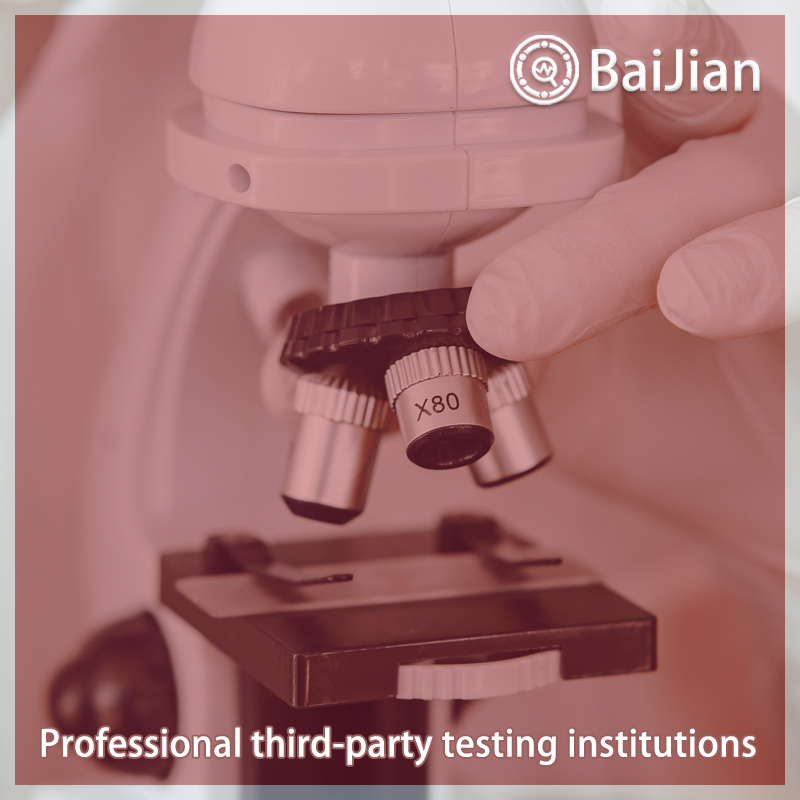
This standard specifies the model specifications, technical requirements, test methods, inspection rules, and marking packaging of aluminum alloy wire clamps for live working. This standard applies to aluminum alloy wire clamps used for loose and tight wire operations on overhead power lines. This standard does not apply to the wire clamping devices used in operations related to overhead insulated conductors. 2 Normative References: The clauses in the following documents become clauses of this standard through reference in this standard. For dated reference documents, all subsequent amendments (excluding corrected content) or revisions are not applicable to this standard. However, parties to agreements based on this standard are encouraged to study whether the latest versions of these documents can be used. For undated references, the latest version applies to this standard. GB.223 Aluminum Alloy Forgings GB/T 3077 Alloy Structural Steels GB/T 2900.55 Electrotechnical Terminology: Live Working (GB/T 2900.55-2002, eqv IEC 60050-651:1999) GB/T 3191 Aluminum and Aluminum Alloy Extruded Bars GB/T 12361 General Technical Conditions for Steel Die Forgings GB/T 14286 Live Working Tools and Equipment Terminology (GB/T 14286-2002, eqv lEC 60743:2001) 3 Terminology and Definitions GB/T 2900.55 and GB/T 14286, as well as the following terms and definitions, are applicable to this standard. 3.1 Tensioning puller is a device or tool used to withstand the mechanical tension of wires in order to replace tension insulator strings. It is usually divided into two methods: hydraulic tightening and spiral tightening. 3.2 Grip clamps are intermediate connecting tools that can automatically clamp wires and facilitate disassembly and assembly when conducting loose and tight wire operations on overhead power lines. They are used to connect wires and traction equipment
Function of testing report:
1. Project bidding: Issue authoritative third-party CMA/CNAS qualification report
2. Online e-commerce platform entry: Quality inspection report recognized by major e-commerce platforms 3. Used as a sales report: issuing legally effective testing reports to make consumers more confident 4. Papers and research: Provide professional personalized testing needs 5. Judicial services: providing scientific, fair, and accurate testing data 6. Industrial problem diagnosis: Verify the troubleshooting and correction of industrial production problemsBaijian and testing process:
1. Telephone communication and confirmation of requirements
2. Recommend solutions and confirm quotations 3. Mail samples and arrange testing 4. Progress tracking and result feedback 5. Provide reports and after-sales service 6. If urgent or priority processing is requiredTesting and testing characteristics:
1. The testing industry is fully covered, meeting different testing needs
2. Fully cover the laboratory and allocate localized testing nearby3. Engineers provide one-on-one services to make testing more accurate
4. Free initial testing, with no testing fees charged
5. Self service order delivery for free on-site sampling
6. Short cycle, low cost, and attentive service 7. Possess authoritative qualifications such as CMA, CNAS, CAL, etc 8. The testing report is authoritative and effective, and is generally used in China